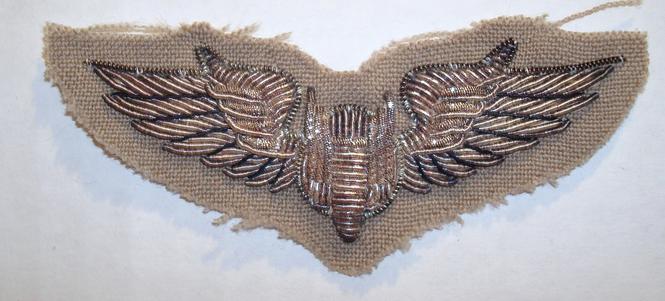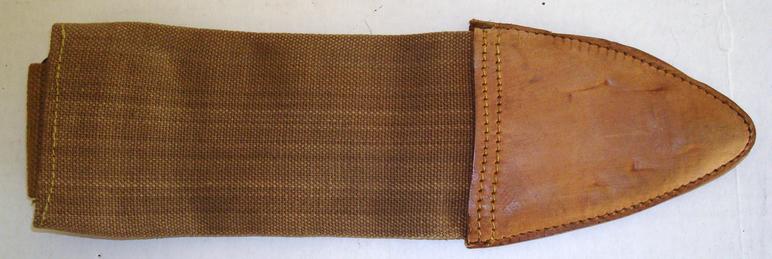Sold Gallery
These pages display a number of the rare items that I have had the pleasure of selling. To view more details and a larger photograph please click on the thumbnail picture.
WWII RURAL POLICE SHAKO
A superb example of a Rural Polizei Robert Lubstein 'Erel' manufactured shako. Fine quality police field grey doeskin body with patent finished brown top and visor. The shako retains its silver aluminium wreathed eagle/swastika, with top cockade and brown leather chinstrap. Interior has a light beige leather lining which is complete which is missing draw string, along with the full Robert Lubstein 'Erel' transfer to the roof. Size 56 and storage age only. Not normally encountered in this condition. One moth hole as shown,
WWII RURAL POLICE SHAKO NEW PRICE!
A superb example of a Rural Polizei Robert Lubstein 'Erel' manufactured shako. Fine quality police field grey doeskin body with patent finished brown top and visor. The shako retains its silver aluminium wreathed eagle/swastika, with top cockade and brown leather chinstrap. Interior has a light beige leather lining which is complete which is missing draw string, along with the full Robert Lubstein 'Erel' transfer to the roof. Size 56 and storage age only. Not normally encountered in this condition. One moth hole as shown,
Excellent WW1 BOLO KNIFE SHEATH dated 1918 Brauer
This is a excellent heavy duty WW1 Bolo Knife Sheath dated 1918 Brauer Bros. It is 11" in length and is in GREAT condition. The stitchery is in excellent condition and the leather is heavy duty and in superb condition. This is an original item and is getting hard to find.
STATE SERVICE PODIUM BANNER>REMAGEN BRIDGE HEAD
Rare state service podium banner from a famous battle. Printed eagle on red cotton with silklike border and cotton fringe, 30" x 40", has a couple of moth nips. Hand written Remagen, Germany bridge head. The Battle for the Bridge Although the Germans intended to destroy the bridge, they were unsuccessful. Several attempts failed, thus the Americans were given a clear passage over the Rhine, altering the course of the war. Hitler laid the blame for the failure on five officers who were collectively responsible for the whole bridge complex, calling them the traitors of Remagen. Four were immediately executed, however one was already in American hands as a prisoner. Later, historians called these men innocent scapegoats. Though the Americans held the bridgehead from early March 1945, the Germans were still not ready to give up their efforts to destroy the bridge at Remagen. On March 15, twenty-one fast bombers flew in to attack the structure, but they too were unable to destroy it. Hitler then ordered divers from the German navy to attempt underwater attacks, though they arrived too late to finish off the weakened structure.










